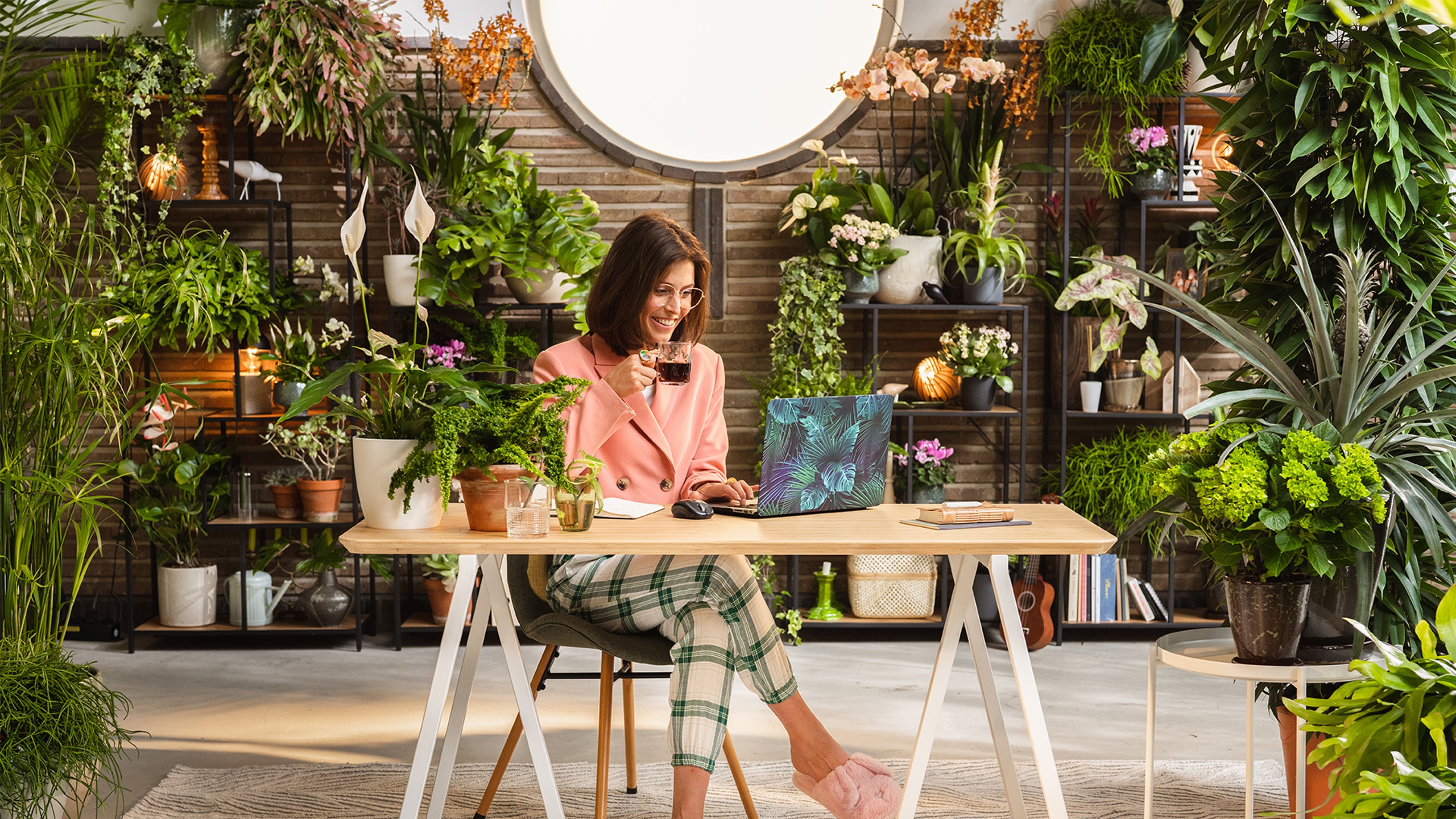How to connect with nature indoors through biophilic design
Two houseplant experts look at biophilia and how it can be used in urban homes to create different atmospheres.

Your support helps us to tell the story
From reproductive rights to climate change to Big Tech, The Independent is on the ground when the story is developing. Whether it's investigating the financials of Elon Musk's pro-Trump PAC or producing our latest documentary, 'The A Word', which shines a light on the American women fighting for reproductive rights, we know how important it is to parse out the facts from the messaging.
At such a critical moment in US history, we need reporters on the ground. Your donation allows us to keep sending journalists to speak to both sides of the story.
The Independent is trusted by Americans across the entire political spectrum. And unlike many other quality news outlets, we choose not to lock Americans out of our reporting and analysis with paywalls. We believe quality journalism should be available to everyone, paid for by those who can afford it.
Your support makes all the difference.Creating a pocket of calm and tranquillity in the chaos of the city is possible if you apply biophilic design to urban spaces, say botanist and TV presenter James Wong and acclaimed designer DaeWha Kang, who are fronting a Thanks Plants campaign by TheJoyOfPlants.co.uk.
Having recently created a dazzling array of plants in a space the size of an average kitchen at London’s first Houseplant Hideout installation, they are now trying to get people to further connect with nature, no matter how small their urban space, through biophilic design.
What is biophilic design?
“Biophilia means love of life or living things. Essentially all it’s saying is that humans have a natural instinct to prefer certain habitats. When we are deprived of the environment that we evolved to live in, we start to exhibit signs of stress,” says Wong.
Design comes into it as we seek to connect with nature from the confines of our homes. It revolves around humans’ innate draw towards nature, especially as the winter draws closer and many people are still working from home or hybrid working.
“There’s a sense of mystery, joy or refuge in plants which we see as really calming and a break from the intensity and anxiety of regular life – biophilic design aims to create pockets of refuge and tranquillity and plants can really help to do that,” adds Kang, award-winning international designer and architect.
The colour green is all-important
“One of the most important constituents of our habitat is the colour green,” says Wong. “When it comes to garden design or even city design, being in a green environment such as a park helps reduce stress and has been linked to things as diverse as lower crime rate and higher birth rate.”
How can we bring biophilic design into an urban home?
“If I want a view of a park in Central London I’d need an extra two million quid to move to the right house,” Wong quips. “But you can create your own view with houseplants on a windowsill, even in the middle of December, with something as simple as cacti and some succulents.”
Are some plants better for biophilic design than others?
“Research is in its infancy, but we know that there’s something about looking at green over and above doing it in a passive way. Interacting with plants, doing things like mindfulness training, repotting and polishing their leaves, is a benefit, as is seeing new signs of growth.
“I would suggest you choose a green plant, one that changes over time, flowering seasonally for example, or growing quickly so you always see that new leaf.”
Creating atmosphere in rooms
Kang explains: “People should think about their plants together with their space, where the light comes from, what is the quality of the space, where would I feel like a little bit of refuge, a little bit of mystery, or if I would seek a little bit of vibrancy in my mood in a particular room.
“We think about how we want to feel in that space first and then build the plants around that.”
How do you create different moods the biophilic way?
“If you want a reception room to be lively, for instance, you want bigger statements. Find a way to understand your furniture layout and where people are going to want to be spending time. You can imagine having some big kentia palms creating a canopy over a low seating area by the window.
“It’s a real statement piece when guests walk into the room, but when they’ve gone, it can be a calming place to read a book under the window and be close up to the plants and cut off from the world,” says Kang.
Replicate nature
“In nature, things tend to cluster together. You wouldn’t just find one kentia palm or a monstera all by itself in nature. There tends to be a colony together. Create a naturalistic feel with clusters.
“Then you might seek out some different species that you’d see in nature, such as a bird’s nest fern which could go under the canopy level and will give you more detail as you get closer. You’ll feel like a corner of nature has come into your house, not just a potted plant,” Kang suggests.
If you are going for a cluster of plants, go for odd numbers of the same type of plant, Kang advises.
“You won’t have the same feeling of naturalism if you have one of each different variety. In the wild, plants form colonies in clusters. Things in nature don’t grow symmetrically,” he says.
“Think about how many plants you think you want to get, then have some courage and double it. Get enough so you feel it’s not a sad lonely plant. There has to be enough so you feel there’s a little riot of nature happening.”